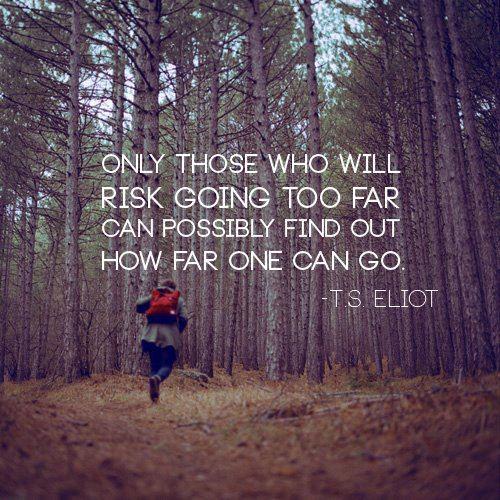THE MOST DANGEROUS HIKE IN THE WORLD
If you complete this journey, you will have the unique privilege of seeing this view:

I took this picture in 2011 on top of Mt. Hua, China
Below is a step-by-step guide detailing how you too can experience this journey

Step 1: Your journey will begin in a city called Xi’an, located in central China. There are two main ways of getting there:
Option A: Fly in to Xi’an
Option B: Take buses, taxis, river boats, and some overnight trains
I got to Xi’an the second way and it took me about two weeks to do so. However, getting to Xi’an was an adventure in and of itself. I got to meet lots of unique people and see some amazing things. I highly recommend choosing Option B if you can.
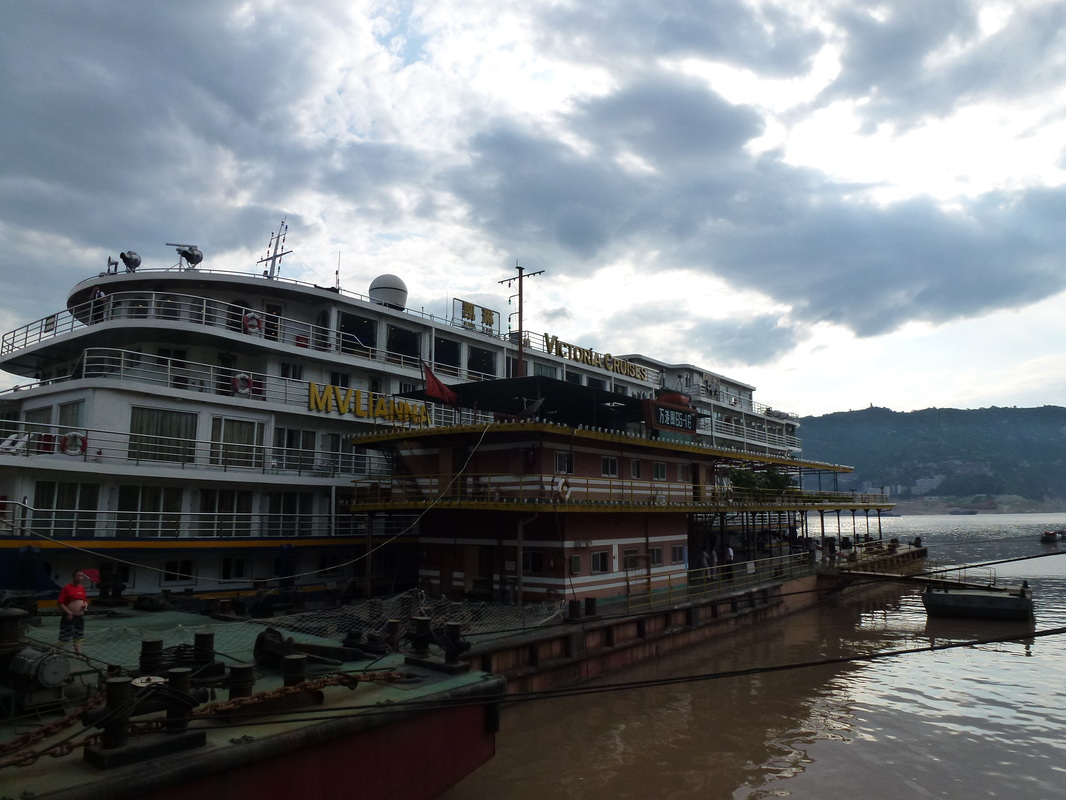
Step 2: Once you arrive at Xi’an train station, you’re going to leave the station and take a left. You’ll continue walking about 200 yards where you’ll see a whole bunch of buses. Walk up to the buses and ask if they’re going to Mt. Huashan. The bus ride will cost you around 3-5 US dollars. Generally, the buses will not leave until they are completely full, so if you get onto an empty bus, you might have to wait an hour or so before leaving. My bus took about 20 minutes to fill up but, surprisingly, it left before it was completely full.
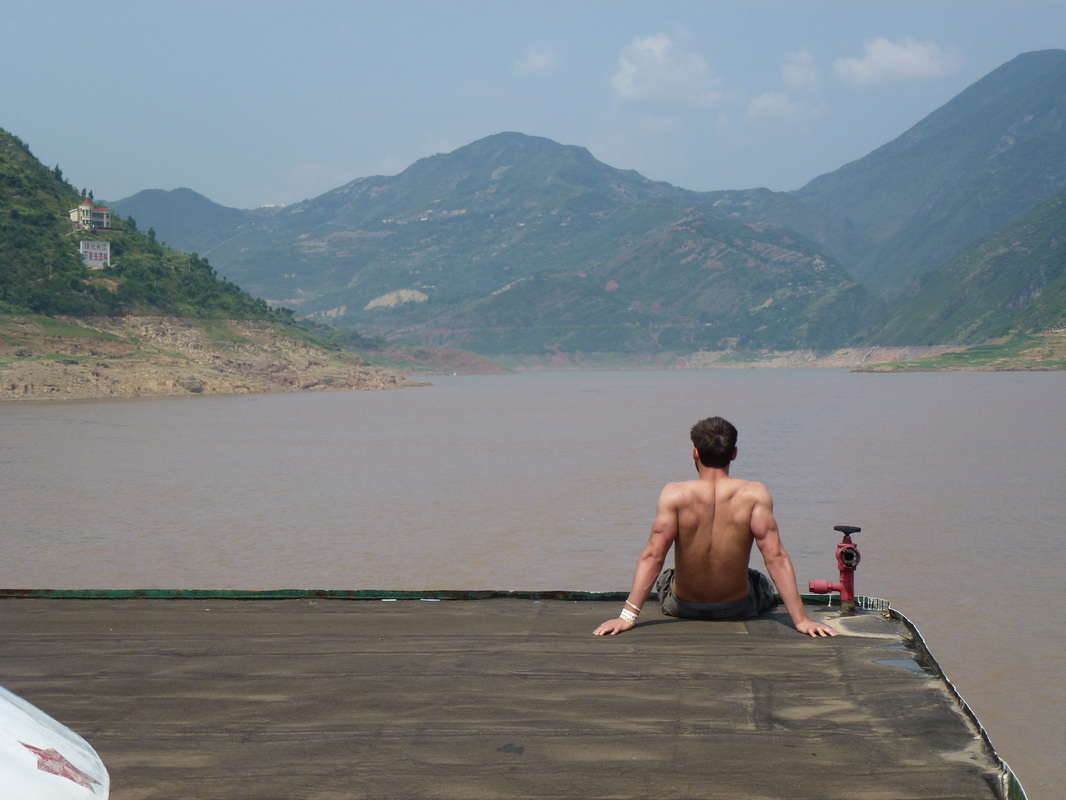
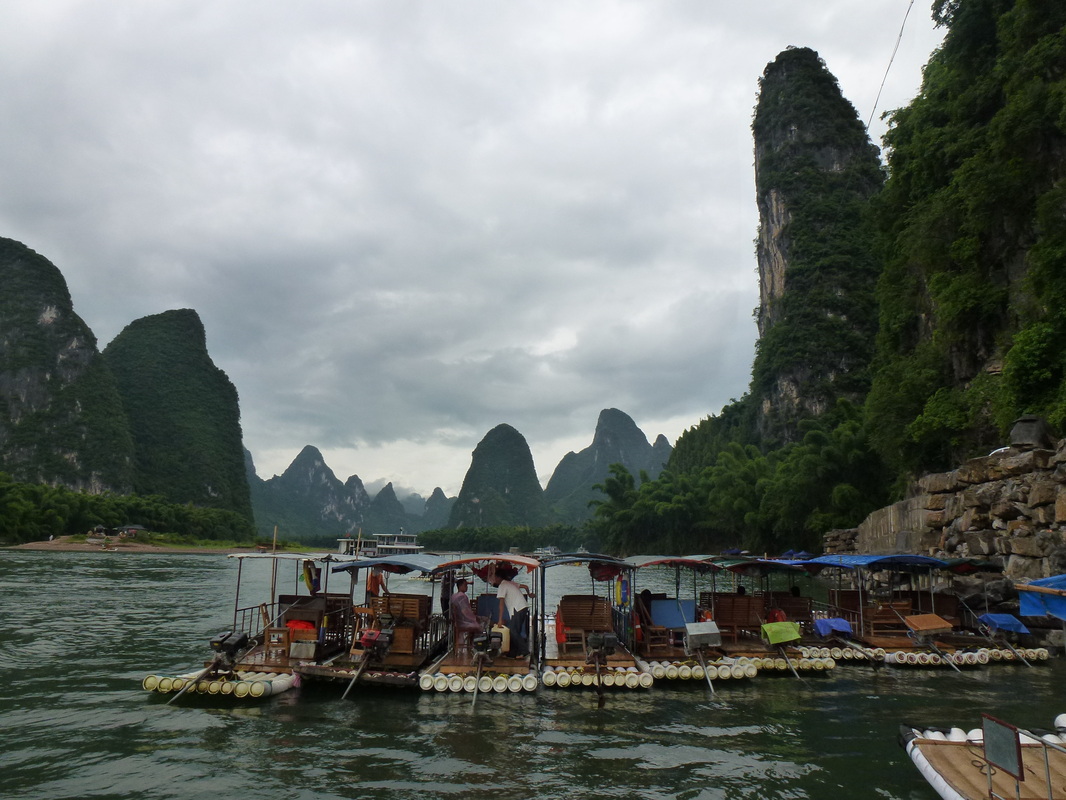
Step 3: The bus ride will last approximately 3 hours. It will conclude right at the base of Mt. Huashan in a city that looks somewhat run-down.
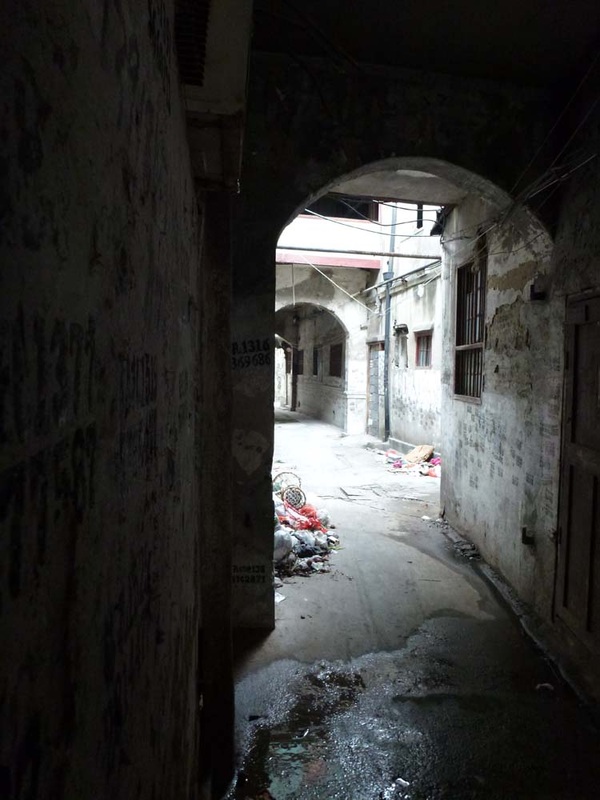
There are places you where can buy food. You just need to look for them.
Most are pretty beat-up, but it only adds to the adventure.
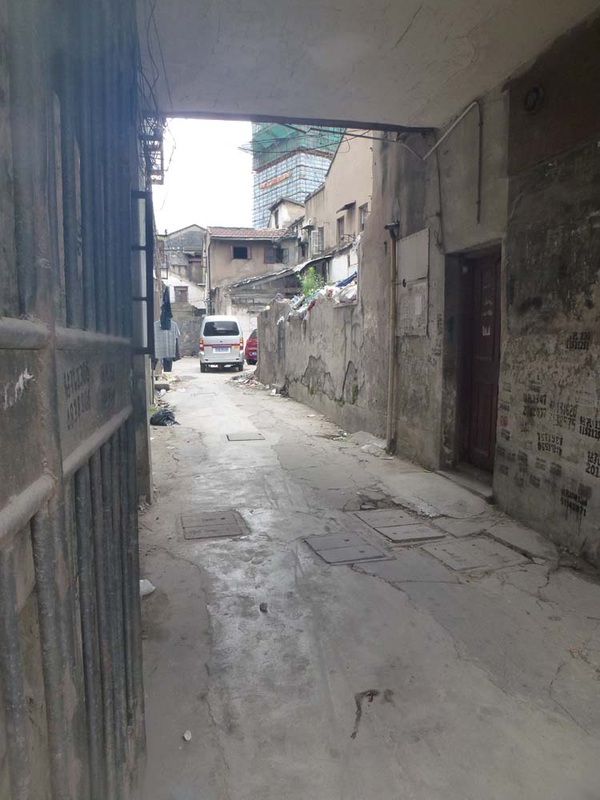
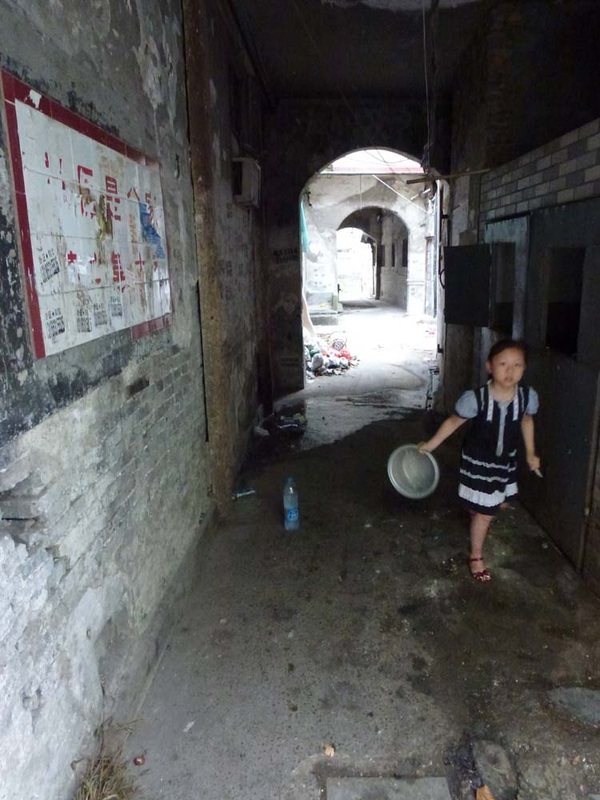
Step 4: In the city, you’ll need to find a ticket booth. Once you’ve found it, purchase an entrance ticket to Mt. Huashan (it’s considered a national park). The ticket will cost you around 10 US dollars. However, if you have a student ID of any kind, you can buy one for 5 US dollars. You must show them this ID.

Step 5: You’ll get on another bus that will take you to an accessible point in Mt. Haushan. The ride will take about 5 minutes. Once the bus drops you off, you have two options:
Option A: Take a tram up to Mt. Huashan. This will cost you about 5 US dollars and will take approximately 5 minutes.
Option B: Walk up to Mt. Huashan. The walk will last about 4-5 hours. You better get started in the morning if you pick this option. Be ready to scale several steep cliffs with only a linked chain for support (see video and pictures below). This path will really test your cardio. Imagine walking on a stairmill machine continuously for five hours. That’s what this path is like.
I chose Option B. Just warning you: it was a fucking bitch. However, I was doing nothing but drinking beer for about two weeks before arriving at Mt. Huashan (as beer is cheaper than clean water in China). I’m pretty sure all that beer consumption had a hindering effect on my cardio.
From here on, I’ll be explaining the steps from the perspective of Option B.
Step 6: Mt. Huashan is divided into five peaks: North, South, East, West, and Central Peak. Together, the peaks look a bit like the fingers on a hand. After a 4-5 hour hike, you’ll arrive at North Peak, which is at the base of the other peaks. North Peak looks like this:
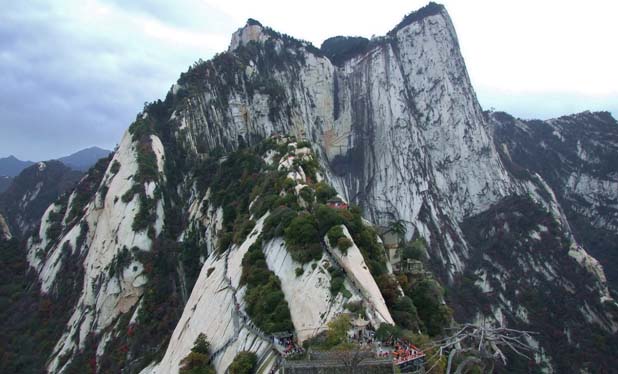
Step 7: You’ll then walk over to the “Heavenly Stairs”. They’ll look like this:
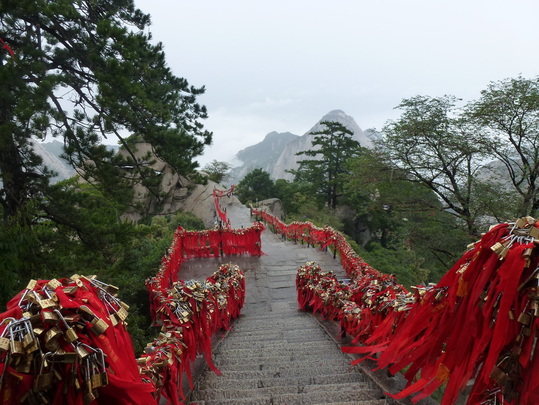
Step 7: You’ll then walk over to the “Heavenly Stairs”. They’ll look like this:
Step 8: Once you finish climbing the Heavenly Stairs you’ll arrive at Black Dragon Ridge.
Step 9: Black Dragon Ridge will lead to Canglong Ridge which leads to Jinsud Pass. It’s all basically one long row of stairs. Jinsud Pass will take you to West Peak. West Peak is the safest peak of the mountain. It’s a good idea to go here first just so you get used to the way the mountain is formed and how it feels. I was pretty fucking tired at this point because I had already been walking up an endless row of stairs for six hours. My cardio sucked and this mountain was really exploiting that fact. Plus, it was raining heavily, which made the hike exponentially more dangerous. I had to walk at a snail’s pace the whole way and, even so, I still fell a couple times.
Step 10: Once you get to West Peak, I recommend you stop for a while to take it all in. I spent a good hour just sitting and enjoying the scenery. Below are some pictures from West Peak, but they don’t do it justice. It looks so much more incredible in person.
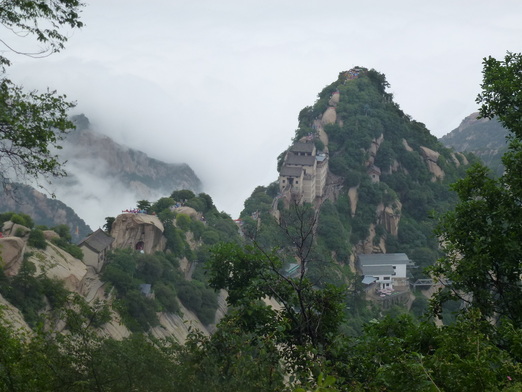
Step 11: Once you’re done checking out West Peak, it would probably be best to check out South Peak. South Peak is the highest of the five peaks and the most dangerous, hands down. I recommend you go here right after West Peak (i.e., before the other peaks) because you’re going to need a decent amount of energy to finish it. If you plan on going to all five peaks, you should definitely go to South Peak second. This peak is especially dangerous when there is rain and wind. Here are some pictures of the paths you’ll have to cross while traveling around and to South Peak:
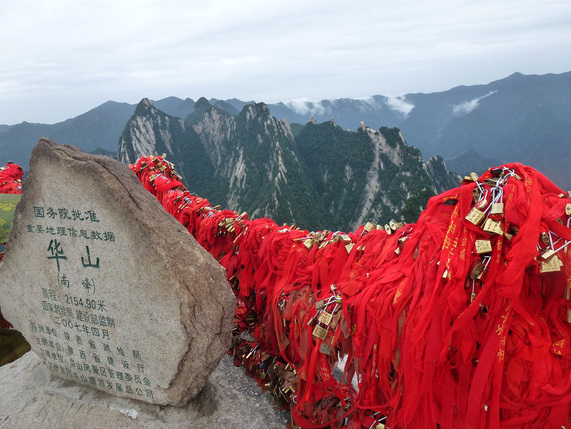
On top of South Peak
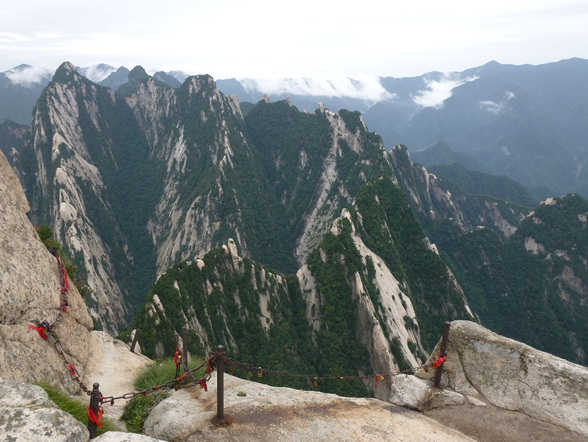

Step 13: Upon finishing South Peak, explore the other peaks in any order you like. Below are some pictures of places you to get to see on the other peaks. (Note: the very first picture on this blog is the view from East Peak. You’ll need to go there to see that view yourself.)

Best of luck to you, and I hope my adventures will inspire you to go on some adventures of your own.
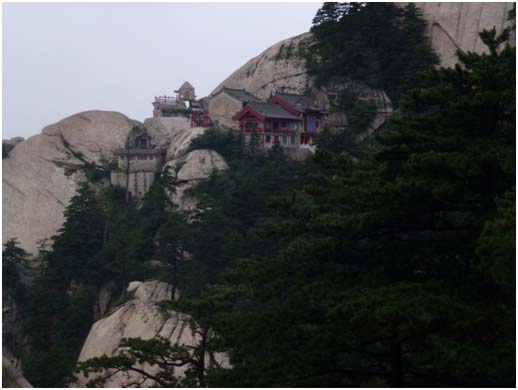
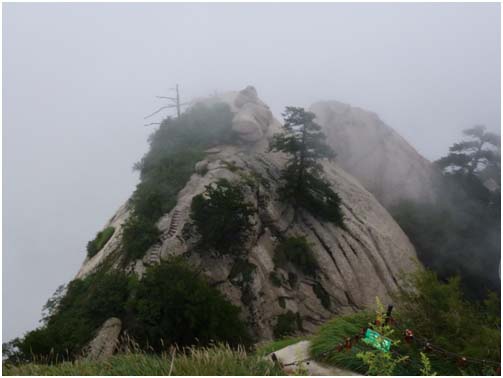
Other helpful tips:
1. I climbed Mt. Hau in June. It was still pretty cold then, especially with the wind and rain. However, I just wore shorts, a shirt, and a Puma wind breaker and did just fine.
2. You may be wondering just how dangerous this hike really is. To be completely honest, certain parts of Mt. Hau are pretty treacherous. Safety standards are nonexistent at that place. If you’re afraid of heights and terrified by the thought of being at the edge of cliff at all times, do not attempt this hike.
3. There are places located around the five peaks that sell soup and water, so you don’t necessarily need to worry about bringing food with you or running out of water.
To Review:
Climbing Mt. Hau was one of the most unique experiences in my life. I am beyond grateful that I had the chance to experience something like that. There is definitely some risk involved but, in the end, it is absolutely worth it.
